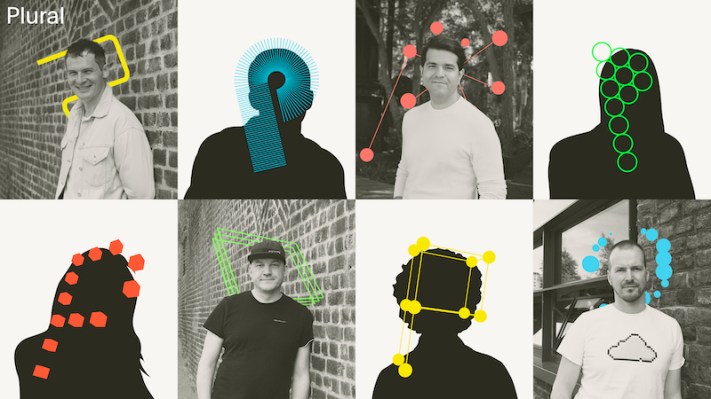
University of Oxford and Devanthro GmbH researchers have successfully grown human tissue on a robotic shoulder that acted as a stretching mechanism. More specifically, the team started by modifying an open-source robot by adding a bioreactor and a way to attach the new tissue as it grew. One these were in place, specific areas were flooded with nutrients to stimulate growth.
After the area was filled with nutrients, the cells then grew over a two-week period, during which the shoulder was activated for 30 minutes each day, whether it was bending, pulling or twisting in human-like ways. What the researchers discovered was that the resulting tissue was slightly different from tissue grown in a static environment, although additional work is needed to determine if it can actually be used in human patients. In related news, this robotic dolphin is nearly indistinguishable from its real-life counterpart.
Sale
Apple AirPods (3rd Generation)
- Spatial audio with dynamic head tracking places sound all around you
- Adaptive EQ automatically tunes music to your ears
- All-new contoured design
- Force sensor lets you easily control your entertainment, answer or end calls, and more
- Sweat and water resistant
Using robots for tissue engineering creates much more realistic biomechanical stimulations, which I see as a breakthrough. The next step is to establish that robot involvement shows a clear improvement over using conventional bioreactors,” said Dana Damian, a lecturer at the University of Sheffield.

























































